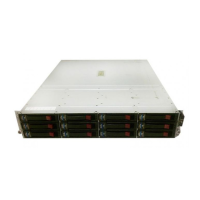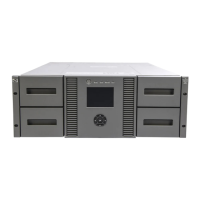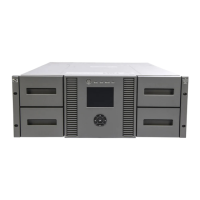Table 8 indicates data availability and supported topologies for each level.
Table 8 Fabric design data availability
SAN topologiesAvailability levelFabric design
Single switch or multiple switches with single
ISL
No redundancy
Level 1: single connectivity fabric
Cascaded with two ISLs, meshed, ring, and
core-edge
Medium
Level 2: single resilient fabric
AllHigh
Level 3: single resilient fabric with
multiple device paths
AllHighest
Level 4: multiple fabrics and device
paths (NSPOF)
You can add fabrics to increase the number of available ports. Table 9 lists the cost calculations for
each data availability level.
Table 9 Calculating for data availability levels
Number of available portsHardware costFabric design
# ports = n – number of ISL ports
2
x
1
Level 1: single connectivity fabric
# ports = n – number of ISL portsx + additional ISLsLevel 2: single resilient fabric
# ports = n – number of ISL ports –
additional HBA ports
3
x + additional ISLs + additional
HBAs
Level 3: single resilient fabric with
multiple device paths
# ports = 2n – number of ISL ports
– additional HBA ports
x + additional ISLs + additional
HBAs + additional switches
Level 4: multiple fabrics and
device paths (NSPOF)
1
x is the cost of a single connectivity fabric.
2
n is the total number of ports for servers and storage systems.
3
May require use of zoning to define a minimum of two data paths in a single fabric (operating system dependent).
SAN Design Reference Guide 57

